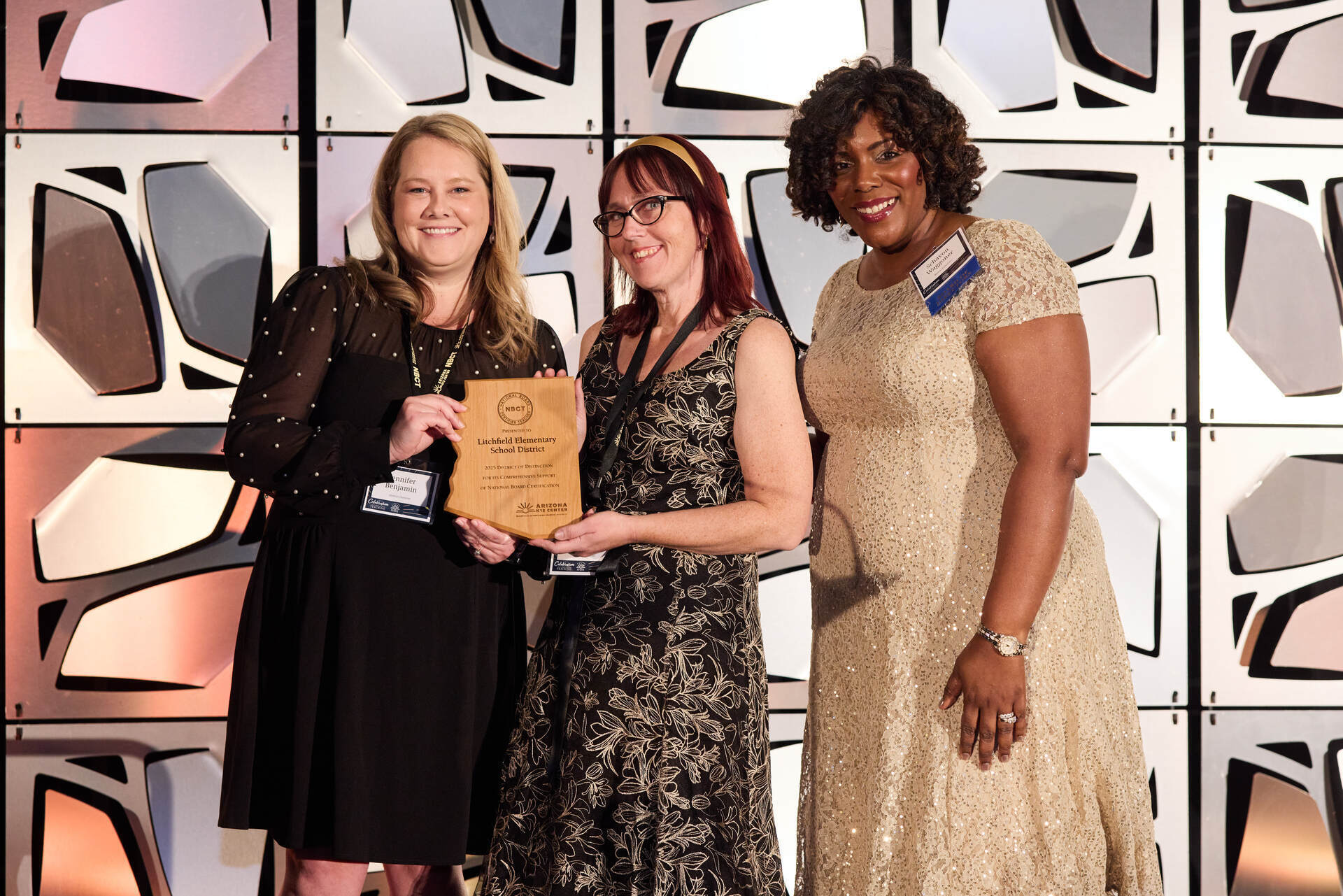November 1, 2019
Breaking News: How to Discuss Current Events in the Classroom
When it comes to discussing current events in your classroom, don’t be scared — be prepared.
Students today are inundated with current events thanks to a 24-hour news cycle and constant media alerts delivered to their phones. The complex issues and emotions surrounding these events can be difficult for students to navigate, but creating a space in the classroom for discussion can help them make sense of these challenging topics. However, diving into a current events discussion without proper planning and procedures will surely result in conflict. So, when it comes to discussing current events in your classroom, don’t be scared — be prepared.
Connecting Current Events to the Classroom
You don’t have to teach social studies to make current events part of your curriculum. Teach math? News reports are full of statistics to be analyzed. Are you a reading teacher? Some of the most engaging expository texts covers current events. Issues related to climate, new technology, and the challenges of an ever-changing world easily lend themselves to a science classroom.
Regardless of your content area, current events can be used to effectively teach it. In fact, current events can engage even the most disinterested learner. After all, to study current events is to study the world your students live in every day.
Building a Culture of Respect
A culture of respect in the classroom is a foundational necessity for discussing current events. Students need to feel free to share their ideas and opinions, free to disagree with one another, and confident they’ll be free from ridicule or embarrassment. However, a culture of respect isn’t built 15 minutes before introducing a topic. It’s built starting with the first day and teaches students how to disagree respectfully. You can help build this culture by modeling these expectations yourself: Stay neutral and show respect, even when a student’s ideas are far from your own.
Developing Procedures and Expectations
Building a culture of respect is a great place to start, but you’ll also need to implement procedures and develop clear expectations to ensure current events discussions remain civil.
- One at a time: Allowing only one student to speak at a time eliminates shouting matches and interrupters, and teaches students to listen before responding. Pass a speaking stick, ball, or stuffed animal to help students clearly identify who is speaking and to help you hold students accountable without confusion.
- State and support: Make a hard and fast rule that students are allowed to state their opinion, but must also support it. This forces students to think critically about what they believe and why, fosters healthy introspection, and helps eliminate baseless arguments that can frustrate peers and create conflict.
- Refute and respect: Teach students how to disagree with someone’s ideas or beliefs without attacking or devaluing the individual. This is an important skill to model and can be done with examples from your own life.











